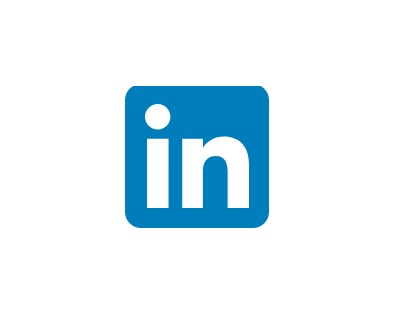
Managing a LinkedIn Group
Social networks facilitate conversations and interactions between people. Most popular social networks, like Facebook and Instagram, tend to be more personal in nature and not focused on business networking. LinkedIn brings together professionals and business owners and provides several options for a presence and network including personal Profiles, Company Pages, and Groups.
LinkedIn Groups provide a platform for individuals who share common business interests, experiences, affiliations, or goals to communicate. They function similar to Facebook Groups or other group discussion platforms.
Anyone with a LinkedIn Profile can start a LinkedIn Group, either as an open or moderated online community. Hosting a LinkedIn group for your company can:
- Strengthen your relationship with existing customers.
- Build a community of your customers to engage in customer service.
- Provide information, resources, and other benefits to your customers.
- Extend your brand’s reach to prospects, vendors, partners, and other colleagues.
Why would someone want to join a LinkedIn Group hosted by or managed by your company? If you have expertise to share or want to engage others in dialogue for mutual benefit, a LinkedIn Group can prove not only useful to you, but to others as well. You can form a Group around topics related to your company, products, or services, but you should also look for ways your Group can have a broader appeal.
For example, if you own a marketing firm that works with nonprofit clients, you could start a LinkedIn Group to bring together your customers and other nonprofit professionals to talk about the marketing issues they face. Then you could provide basic tips and advice to showcase your knowledge. Over time, this could lead Group members to hire you.
If you provide walking tours in your city, you could form a LinkedIn for travel and history enthusiasts living in or visiting your area. Then you could use the Group to share news and information about different places on the tour and provide local travel tips. You can also share easy ways for people to get additional information about your tours or to sign up for one.
By creating and hosting a LinkedIn Group - or any online community - you are attaching your company name to a group of people who hopefully interact around shared interests. You are also taking on the responsibility of moderating the conversation and managing the community.
You can set your group to Private or Public as well as Listed or Unlisted in LinkedIn’s search. The more open your Group, the more likely it will grow, and the more members will participate. Managing the visibility of your LinkedIn Group can help you keep control over the community’s growth as well as prevent spammers from entering and disrupting the conversations.
The main features of a LinkedIn Group include:
Posts– Conversation topics and threads appear on your group’s landing page. Members can post conversations, and you can control the moderation of those posts in your Group settings. You can allow members to post freely or require post approval by a Group admin or moderator before it goes live to group members. Posts can include text, photos, videos, documents, or polls. You can also post to celebrate an occasion, share a job opportunity, or look for an expert.
Members - A list of members of your Group is accessible to all Group members and may also be seen by LinkedIn members if the group settings are open. You can approve or deny access once someone requests to join your group. You can opt to allow members to invite their 1st degree connections or not.
Pin/Unpin – You can opt to pin posts to the top of the Group’s landing page for increased visibility.
Analytics – You can review growth and engagement highlights and details for your Group.
Managing Your LinkedIn Group
You can add a profile image and cover image at the top of your Group page. Use your company logo as the profile image to brand your group. When people join your Group, the Group profile image may also appear on their LinkedIn personal profile with a link to your Group.
When you set up your Group, publish Group Rules along with the description. Basic rules are an important aspect of any online community. Edit and customize message templates under the Manage administrative area. Templates include automatic messages that go out to people who request to join as well as to new members.
To start conversations in your Group and to keep them going, post relevant and interesting news and information beyond company news. Establish a messaging calendar for your Group consisting of things you can share that will provide value to the Group members while showcasing your expertise. Keep promotional messaging to a minimum. Conduct informal market research by asking questions of Group members and analyzing the responses.
Managing a LinkedIn Group is like running any online community. You have to seed the conversation and weed out the off-topic or inappropriate comments. Before starting a Group, determine the purpose of your Group, the value you can provide to group members, and how a LinkedIn Group can be an asset to your company.

 How AI Can Help Your Business
How AI Can Help Your Business